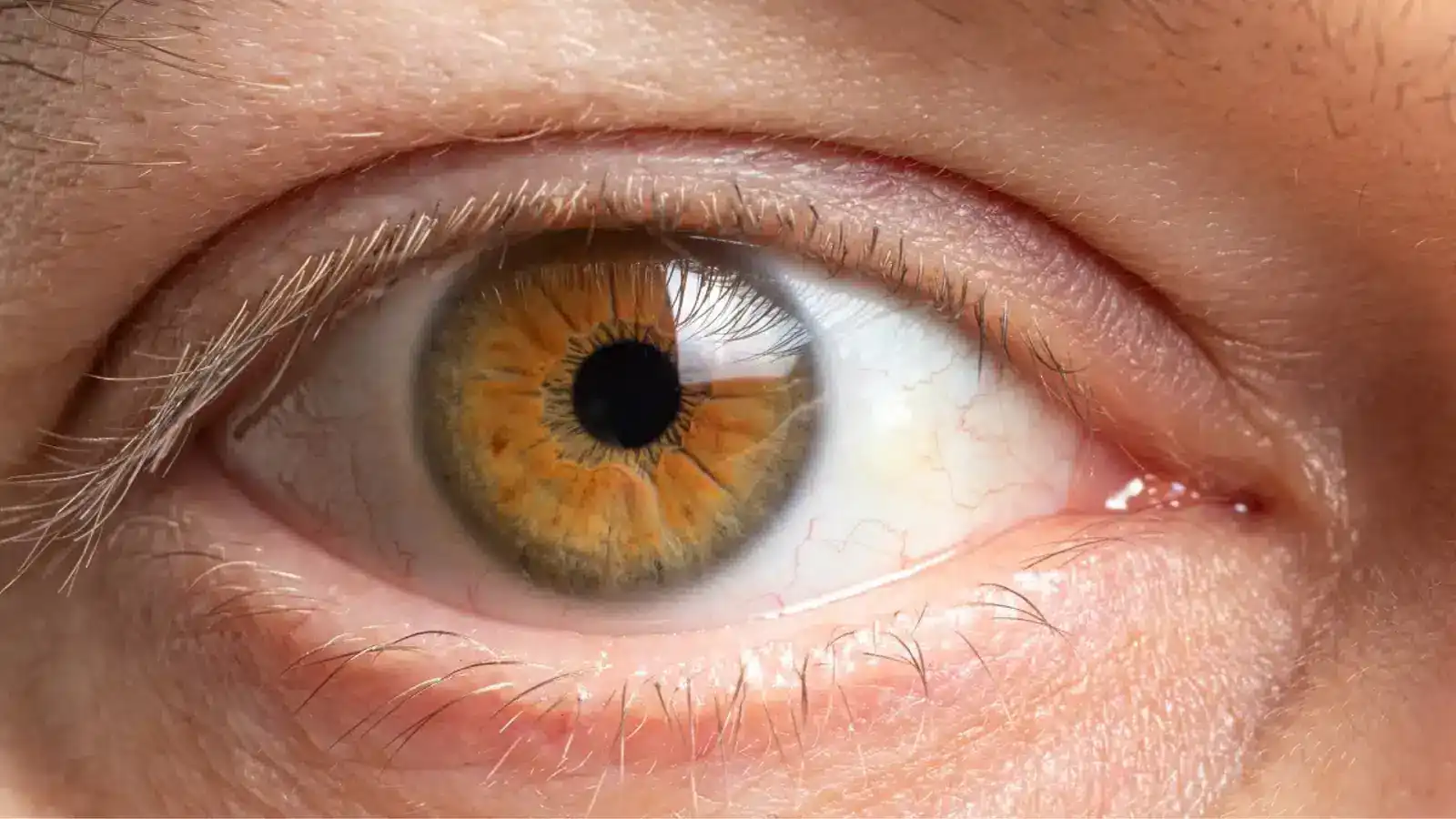Business Hours: Monday - Friday: 9 AM - 6 PM EST

Eylea vs Lucentis – A Comparison of Two Retinal Disease Treatments
David Fuller
Last Updated On: February 17, 2025
Retinal detachment is a serious eye condition that affects approximately 1 in 10,000 people annually. If left untreated, it can lead to permanent vision loss, making early intervention crucial.
Treatments like Eylea and Lucentis are widely used to manage retinal diseases. Both are anti-VEGF therapies delivered via intravitreal injections that help prevent abnormal blood vessel growth in conditions such as wet age-related macular degeneration (AMD). These medications play a vital role in preserving vision and slowing disease progression.
In this article, we will compare Eylea vs. Lucentis, examining their mechanisms of action, efficacy, dosing schedules, and potential side effects to help you make an informed decision about retinal disease treatment options.
Key Takeaways
- Both treatments show similar efficacy in maintaining or improving vision, with Eylea’s more extended dosing schedule providing added convenience without compromising effectiveness.
- Both have similar common side effects, including eye redness and temporary vision changes, while serious side effects like retinal detachment are rare.
- The choice between Eylea and Lucentis depends on individual patient factors, including condition severity, treatment response, and preference for injection frequency.
- Patients should discuss their options with their healthcare provider to choose the most suitable treatment based on their needs and circumstances.
About: Med Supply Solutions has been operating since 2016 and is known as one of the industry’s top and trusted suppliers of cosmetic and viscosupplementation products. Contact our sales department for more information about buying Eylea online.

Overview of Eylea and Lucentis

Eylea and Lucentis are two leading treatments for retinal diseases that cause vision impairment. Both medications block vascular endothelial growth factor (VEGF), a protein responsible for abnormal blood vessel growth in the eye. This process helps reduce swelling, prevent further damage, and improve visual outcomes.
While both treatments are highly effective, they differ in dosing schedules, mechanisms of action, and formulation, which can influence a patient’s treatment plan. Choosing between Eylea and Lucentis depends on several factors, including disease severity, patient response, and treatment convenience. A thorough consultation with a healthcare provider can help determine the most suitable option.
Formulation and Mechanisms of Action
Eylea (Aflibercept) is designed as a VEGF trap, binding to VEGF-A, VEGF-B, and placental growth factor (PlGF). Eylea effectively reduces inflammation and fluid buildup in the retina by targeting multiple pathways involved in abnormal blood vessel formation. Its formulation allows for an extended duration of action, meaning patients require fewer injections compared to other anti-VEGF treatments.
Lucentis (Ranibizumab) is a smaller molecule, specifically derived from bevacizumab (Avastin), and targets VEGF-A exclusively. This design enables better penetration into retinal layers while minimizing systemic absorption, reducing the risk of adverse effects beyond the eye. However, Lucentis has a shorter duration of action than Eylea, often requiring more frequent injections to maintain its therapeutic effect.
Injection Frequency and Treatment Schedules
Eylea is formulated for longer-lasting effects, reducing the number of injections needed over time. Patients typically receive one injection every four weeks during the first three months. After this initial phase, the dosing schedule is extended to once every eight weeks. In some cases, patients may transition to even longer intervals depending on their treatment response and their doctor’s assessment.
Lucentis, with its shorter duration of action, requires more frequent injections. Treatment begins with monthly injections (every four weeks) until maximum visual acuity is achieved, usually within three to six months. After this phase, patients may either continue with monthly injections or switch to a “treat-and-extend” regimen, where the interval between doses gradually increases based on disease stability.
Effectiveness and Clinical Outcomes

Eylea and Lucentis have demonstrated high efficacy in clinical trials, with similar success rates in preserving vision. Studies show that:
- Eylea and Lucentis improve visual acuity by reducing retinal swelling and blocking VEGF activity.
- Both medications have comparable long-term outcomes, with most patients maintaining or improving their vision.
- Eylea’s extended dosing schedule does not compromise its effectiveness, making it a convenient alternative to Lucentis.
Individual response to treatment may vary, and some patients may require more frequent dosing regardless of the medication used.
Side Effects and Patient Considerations
Eylea and Lucentis share a similar side effect profile, mainly due to the intravitreal injection process. Common side effects include:
- Eye redness and irritation
- Temporary vision disturbances
- Increased intraocular pressure
While rare, some serious side effects may occur, such as:
- Retinal detachment
- Eye infection (endophthalmitis)
- Increased risk of stroke (though uncommon, it remains a potential concern)
Patients with a history of cardiovascular conditions or severe eye diseases should consult their doctor to determine the safest treatment option. Regeneron Pharmaceuticals, the Eylea manufacturer, and regulatory authorities continuously monitor the safety and efficacy of these treatments to ensure patient well-being.
Conclusion
Eylea and Lucentis are both highly effective anti-VEGF treatments for managing retinal diseases such as age-related macular degeneration (AMD) and diabetic macular edema (DME). While Lucentis is designed as a targeted therapy specifically for the eye, Eylea stands out for its longer-lasting effects, which can reduce the number of required injections over time.
Both treatments deliver excellent visual outcomes, and the choice between them often depends on factors like patient preference, cost considerations, and doctor recommendations.
FAQs
1. What is the main difference between Eylea and Lucentis?
Eylea has a longer-lasting effect and requires fewer injections than Lucentis. However, Lucentis was developed explicitly for eye diseases and may have a slightly different safety profile.
2. Is Eylea more effective than Lucentis?
Both medications are equally effective in treating retinal diseases. Clinical studies show similar visual outcomes, but Eylea’s extended dosing schedule provides added convenience.
3. Which medication has fewer side effects?
Both drugs have similar side effect profiles, including eye irritation and temporary vision disturbances. Serious side effects like infection or retinal detachment are rare but possible with both treatments.
4. How do I choose between Eylea and Lucentis?
Your doctor will consider your condition, treatment response, and injection frequency preferences. Patients who prefer fewer injections may benefit from Eylea, while others may respond better to Lucentis.
References
Haimann MH, Burton TC, Brown CK. Epidemiology of retinal detachment. Arch Ophthalmol. Feb 1982; 100(2):289-92.
Go SL, Hoyng CB, Klaver CC. Genetic risk of rhegmatogenous retinal detachment: a familial aggregation study. Arch Ophthalmol. 2005; 123: 1237-41.
Products
Cart
Log In
Newsletter
Subscribe for exclusive offers and updates on new arrivals
Share feedback at:
Working Hours
Monday to Friday: 9 AM to 6 PM EST
The Most Popular Brands
Med Supply Solutions
Support
Copyright 2025. Med Supply Solutions